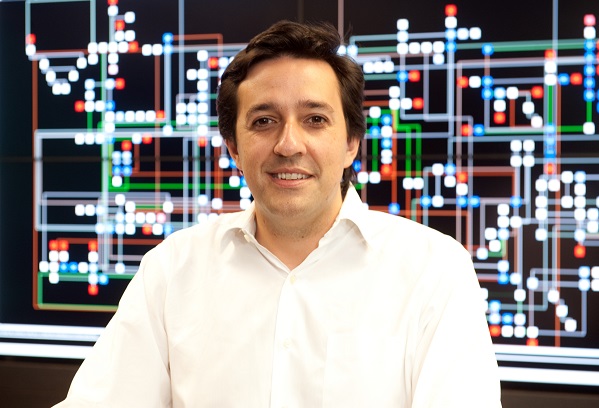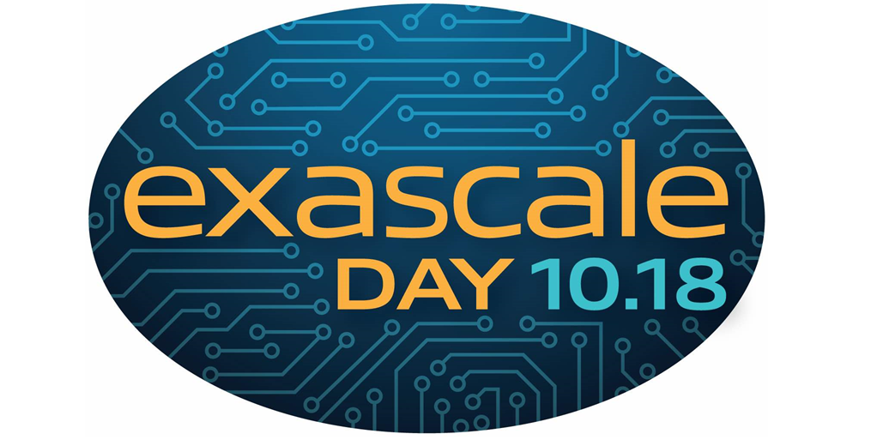 If quantum isn’t to be a technology “that’s always 10 years away,” then quantum error correction (QEC) – one of the high hurdles to quantum becoming a practical reality – must be tamed. This week at a Wall Street Journal virtual CIO Network event, IBM’s SVP and Director of IBM Research Dario Gil said the company’s QEC software is on track for release in 2023.
If quantum isn’t to be a technology “that’s always 10 years away,” then quantum error correction (QEC) – one of the high hurdles to quantum becoming a practical reality – must be tamed. This week at a Wall Street Journal virtual CIO Network event, IBM’s SVP and Director of IBM Research Dario Gil said the company’s QEC software is on track for release in 2023.
“This is going to be the decade in which quantum really comes of age…,” Gil said in a Journal article published yesterday. “We’ve got to get these computers to operate without errors, and if we can do that we’ll realize their full potential. So what we envision is in 2023, when we deliver that system, it will be an inflection point in that the errors of quantum computers will continue to decrease exponentially through software, as opposed to just by making the device better.”
His statements reflect a broadening perspective, at least among the media and non-quantum specialists interested in the technology, for assessing quantum’s progress beyond a fixation on qubit counts – qubits being quantum bits, the basic unit of quantum information.
In a 2021 technology predictions article we published two months ago, Dr. Itamar Sivan, co-founder and CEO, Quantum Machines, discussed this development.
“Although it seems counterintuitive, the progress made in quantum hardware development over the next year may lead to more uncertainties within the quantum industry rather than less,” he said. “However, this is actually a good thing. Currently, it may seem like one or two types of qubit hardware are ahead of the others in the R&D process. Over the next year, however, we expect to see more researchers working with other hardware types to close the gap. Closing this gap will undoubtedly make it more unclear as to which qubit model (superconducting qubits, NV centers, trapped ions/atoms, mechanical resonators, etc.) will be the industry standard. Still, the continued development of all the hardware types is essential to ensure we end up with the best possible technology.”

Dario Gil, IBM Research
There also is greater awareness of a nascent quantum software stack, including QEC software, taking on a range of quantum usability and performance issues. This isn’t to say software will eat quantum, just aid it. The Journal reported that IBM intends to release new quantum systems this year and next, followed by a system enabling engineers “to mitigate errors through software” coming the following year,” which Gil said will allow the use of quantum computers on a broader scale.
Also working on quantum software is Quantum Computing Inc. (QCI), Leesburg, VA, which last month launched Qatalyst, an application designed to bridge the gap between classical and quantum computing for non-quantum end users. Qatalyst is focused on constrained optimization (“traveling salesperson”) workloads utilized in supply chain, logistics, community detection, drug discovery, cybersecurity, transportation, among others. QCI’s API is designed to abstract away the complexities of programming and using a quantum system.
QCI said Qatalyst is designed to eliminate the expensive, time-consuming and complex programming of new quantum workflows and coding to specific quantum processing unity (QPU) hardware. “Using one of six simple API calls, organizations can submit their computational problems using the same familiar constructs their subject-matter experts (SMEs), programmers, workflows and applications use currently,” the company said.
As for IBM taking on error correction, this is an issue that created a stir in November 2018 when theoretical physicist Mikhail Dyakonov, a self-identified quantum pessimist, at the University of Montpellier, France, published an article in IEEE Spectrum entitled, “The Case Against Quantum Computing.”
![]() To truncate Dyakonov’s argument, he stated “it’s estimated that the number of qubits needed for a useful quantum computer … is between 1,000 and 100,000,” which means a quantum system “needs to process a set of continuous parameters that is larger than the number of subatomic particles in the observable universe,” making QEC a practical impossibility.
To truncate Dyakonov’s argument, he stated “it’s estimated that the number of qubits needed for a useful quantum computer … is between 1,000 and 100,000,” which means a quantum system “needs to process a set of continuous parameters that is larger than the number of subatomic particles in the observable universe,” making QEC a practical impossibility.
But it’s possible IBM may be on a path to proving Dyakonov and other pessimists wrong, and one ha to wonder if Gil would make such a public statement if the company lacked confidence about its QEC efforts. In a blog post from last September, Guanyu Zhu and Andrew Cross, researcher staff members, IBM Quantum, discussed a “bottom-up” approach to quantum error correcting codes, which they said “provides a bridge between more abstract theory and practical quantum engineering.” Google, MIT researchers, and hosts of others report progress, including the notion of “spontaneous error correction.”
IBM and QCI are among many companies and research organizations working on various quantum computing challenges that will form, over time, an emerging quantum software stack.
“For quantum computers to deliver their full value, there are numerous hard problems that need to be addressed, including correctness, ease of use, and performance,” QCI’s VP/Product Development Steve Reinhardt told us. “Almost all the groups working in QEC will not want to address all those problems themselves, and thus emerging quantum software stacks will play a crucial enabling role, enabling each group to focus on what it does best.”



